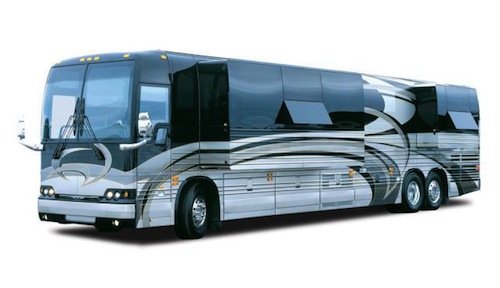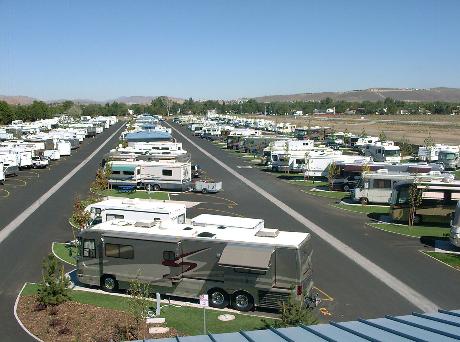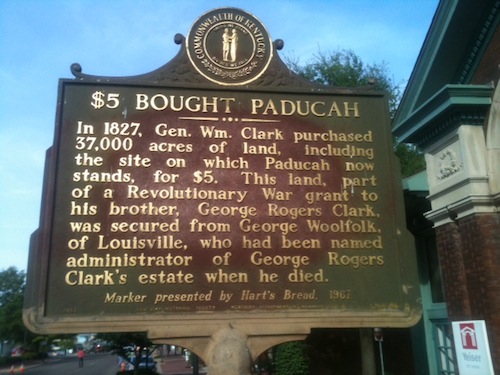Winnebago Industries – which has 20% of the market on RV manufacturing in the U.S. – has seen its stock double from about $10 per share in 2012 to around $20 today. Randy Potts, CEO of Winnebago, has said “during the depths of the recession, we weren’t even running the factory at times, it was slow, business was that bad. Now we are running the factory every week. In fact, people are working overtime.” So what’s fueling the rise in demand for RVs and RV park spaces?
The baby boomers
The statistic that RV park owners have virtually written on their walls is that 10,000 baby boomers are retiring each day in the U.S. That is a staggering number. If only 1% of that group bought an RV, it would be 100 new RVs sold per day. Bear in mind that the U.S. average is that 9% of the U.S. households own an RV – so the real number might be nine times that or 900 RVs per day! There are currently 9 million RV households out of 100 million in the U.S. And that’s a lot of RVs.
Lower price points
The average Winnebago RV costs $138,000. That’s a lot of money. But Winnebago, and other RV manufacturers, have been bringing out less expensive product lines that are more in the $20,000 range. This is attracting a whole new group of customers, as well as motivating those who were on the fence to take the plunge. In addition, they have been improving each model to make it more attractive and up to date. With pop-outs and better color selections, the quality of the RV experience has improved dramatically.
Better mileage
RV manufacturers have been developing methods to stretch the mileage to up to 20 miles per gallon. Gasoline is the largest single expense to operating an RV, and with the mileage historically running around 10 miles per gallon, improvements of 50% to 100% are in sight. There is a direct correlation between fuel economy and the frequency that RV owners hit the road, so RV park owners are a big beneficiary of these improvements.
Stable fuel prices
While it’s unlikely that gasoline will ever drop back to under $1 a gallon, the giant hikes in fuel prices over the last few years have played havoc with RV usage. If you are accustom to $2.50 gas, $3.50 is pretty depressing. But now that gasoline prices have stabilized, the “sticker shock” of hitting the road in your RV has evaporated. You can now plan your trip and be on budget with gas. And if gasoline prices go down, that could be yet another positive jolt to RV park owners.
Conclusion
The RV park industry has lucked into the Cinderella story for real estate, through a combination of positive factors all hitting at one time. Although it will take some time for the effects to be felt by all RV park operators, those with destination RV parks are already seeing some of the best occupancy in years. The future of RV parks is looking bright.




